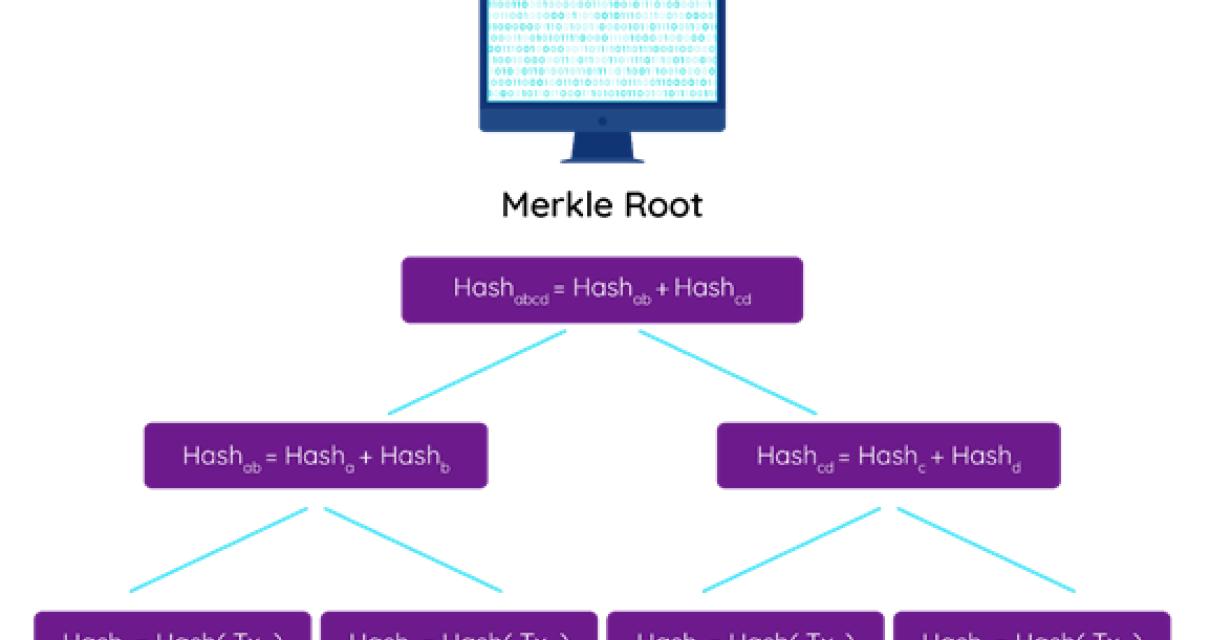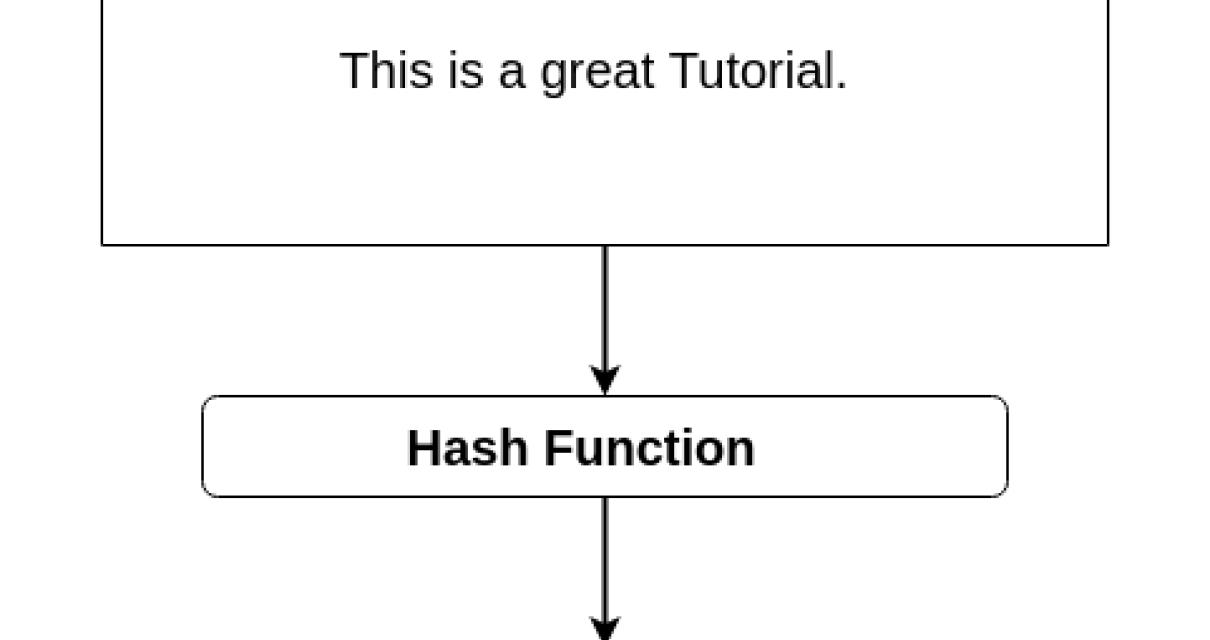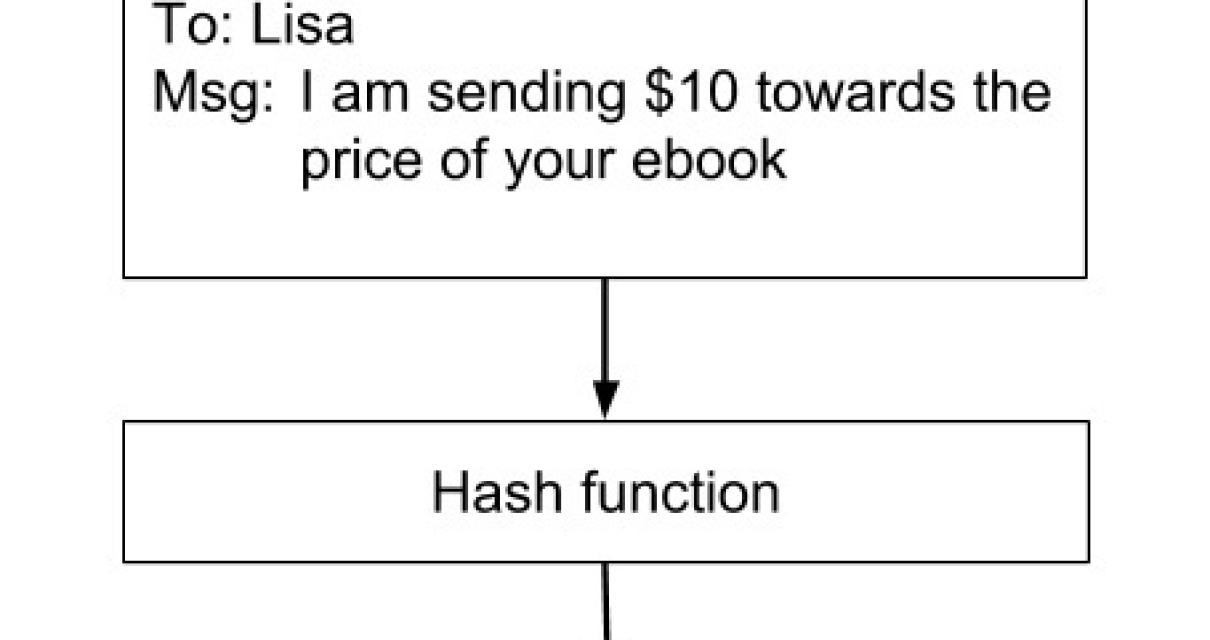What Is A Hash Blockchain?
A hash blockchain is a distributed ledger that uses cryptographic hashing to create a tamper-proof record of transactions. Transactions are grouped into blocks, and each block contains a cryptographic hash of the previous block, a timestamp, and transaction data. A network of nodes runs the hash blockchain in order to maintain the integrity of the ledger.
How Hash Blockchains Work
In a traditional database, data is organized into tables. Each table stores a specific type of data. For example, a table might store information about customers, products, orders, and so on.
Each row in a table is a record. A record contains information about one specific customer, product, order, or whatever.
To access the data in a table, you need to use a SQL query. SQL is a standard language for accessing databases.
With a hash blockchain, each block contains a hash of the previous block and a timestamp. The hash function takes an input of data size and produces a hashed output.
The hash function is designed to be unpredictable, which makes it difficult to reverse engineer a block. This makes it difficult for someone to attack the blockchain.
A block is added to the blockchain when a miner finds a valid hash. A block is not added if the hash doesn’t meet certain criteria. These criteria are set by the network operators.
Miners are rewarded for adding blocks to the blockchain. They are also rewarded when someone tries to attack the blockchain.
Traditional databases are transaction-based. This means that you need to wait for a new transaction to be added to the database before you can access the data in it.
With a hash blockchain, you can access the data in a table immediately. This makes it easier to update and manage the data.

The Benefits Of Hash Blockchains
When it comes to blockchain technology, there are a number of potential benefits that could be accrued.
One of the main benefits of blockchain technology is that it is an open and transparent platform. This means that all transactions and data stored on a blockchain are publicly available for anyone to see. This makes it a secure and reliable platform for conducting transactions.
Another benefit of blockchain technology is that it is decentralized. This means that there is no central authority or body responsible for overseeing and managing the network. This makes it immune to the risks associated with centralized systems, such as censorship and fraud.
Finally, blockchain technology is also immutable. This means that once a transaction has been recorded on a blockchain, it cannot be changed or undone. This makes it a trusted platform for conducting transactions.

The Drawbacks Of Hash Blockchains
There are a few potential drawbacks to using a hash blockchain. First, they can be more difficult to use than traditional blockchains. Second, they can be less secure, as they are not protected by cryptography. Finally, they can be slower than traditional blockchains, as each block must be verified by all users.

The Future Of Hash Blockchains
Hash blockchains are a new and innovative way of storing data. They work by distributing a large number of blocks around the network, which allows for a secure and tamper-proof record of data.
The benefits of hash blockchains include:
- Increased security: Hash blockchains are more secure than traditional databases because they use a distributed network of nodes to store data. This makes it difficult for hackers to gain access to your data, and it also makes it difficult for governments or other organizations to track your movements or activities.
- Reduced costs: Because hash blockchains are decentralized, they don’t require a lot of resources to run. This means that they can be used in situations where traditional databases would be too expensive or too slow to operate.
- Increased efficiency: Because hash blockchains are decentralized, they can quickly process large amounts of data. This makes them an ideal solution for applications such as tracking stock prices or managing medical records.
How To Use Hash Blockchains
A hash blockchain is a type of blockchain that uses a hashing algorithm to create a unique fingerprint for each block. This makes it difficult to tamper with the data in a hash blockchain, as anyone attempting to do so would need to modify every block in the chain in order to make the changes undetectable.
Hash blockchains are often used for applications such as supply chain management, asset tracking, and document authentication. They are particularly well-suited for applications where tamper-proofing is a key requirement, such as healthcare and finance.
Benefits of using a hash blockchain include:
1. Tamper-proofing: Hash blockchains are resistant to tampering, making them ideal for applications where security is a top priority.
2. Speed: Hashing algorithms are incredibly fast, meaning that hash blockchains can handle large volumes of data quickly and efficiently.
3. Flexibility: Hash blockchains can be configured in a variety of ways, allowing them to meet specific needs and requirements.
4. Cost savings: Hash blockchains are much more costeffective than traditional blockchains, meaning that they can be used in applications where security and speed are key considerations.
What Are The Different Types Of Hash Blockchains?
There are different types of hash blockchains, depending on how the blocks are created. The three most common types are:
1. Merkle trees: A Merkle tree is a type of blockchain that uses a tree-like structure to store transactions. Transactions are grouped together into blocks, and each block contains a cryptographic hash of the previous block, as well as the transaction data. To verify a transaction, miners must find a hash that matches the data in the block.
2. Proof-of-work schemes: A proof-of-work scheme is a type of blockchain that uses a cryptographic puzzle to verify a transaction. Miners solve the puzzle by trying to find a number that is lower than the target value. Once a miner has solved the puzzle, they can add the verified transaction to the blockchain.
3. Proof-of-stake schemes: A proof-of-stake scheme is a type of blockchain that uses a voting system to verify a transaction. Miners stake coins in order to verify a transaction. Whenever a new block is created, all miners who have staked coins in that block are allowed to add it to the blockchain.
Where Can I Find Hash Blockchains?
Hash blockchains are created when miners solve a cryptographic puzzle to add a block to the blockchain. The miner who solves the puzzle first receives a reward in bitcoin. The blockchain is a continuously growing list of blocks, each of which contains a cryptographic hash of the previous block, a timestamp, and transaction data. Bitcoin nodes use the block chain to differentiate legitimate Bitcoin transactions from attempts to re-spend coins that have already been spent elsewhere.
What Are The Applications Of Hash Blockchains?
There are many potential applications for hash blockchains, but some of the most likely ones include:
-Supply chains: A hash blockchain could be used to track the origins of products in a supply chain.
-Identity management: A hash blockchain could be used to manage identity information.
- Finance: A hash blockchain could be used to track financial transactions.
- Smart contracts: A hash blockchain could be used to store and track smart contracts.
Are Hash Blockchains Secure?
There is no one-size-fits-all answer to this question, as the security of a blockchain depends on the specific implementation and features of the blockchain. However, some common features that may contribute to the security of a blockchain include:
• A secure cryptographic algorithm: A blockchain must use a secure cryptographic algorithm to prevent unauthorized access to the data stored on the blockchain.
• Verification and validation of transactions: Transactions on a blockchain must be verified and validated by a network of nodes before they can be added to the blockchain. This process ensures that the data stored on the blockchain is accurate and reliable.
• Immutability of records: Records on a blockchain cannot be modified or erased, which ensures that the data stored on the blockchain is reliable and secure.
What Is The History Of Hash Blockchains?
Hash blockchains are a type of blockchain that use a cryptographic hash function to secure the data. Hash blockchains were first proposed in 2013 by Adam Back and Stefan Brands.
Who Invented Hash Blockchains?
The first hash blockchains were invented by Satoshi Nakamoto in 2008.